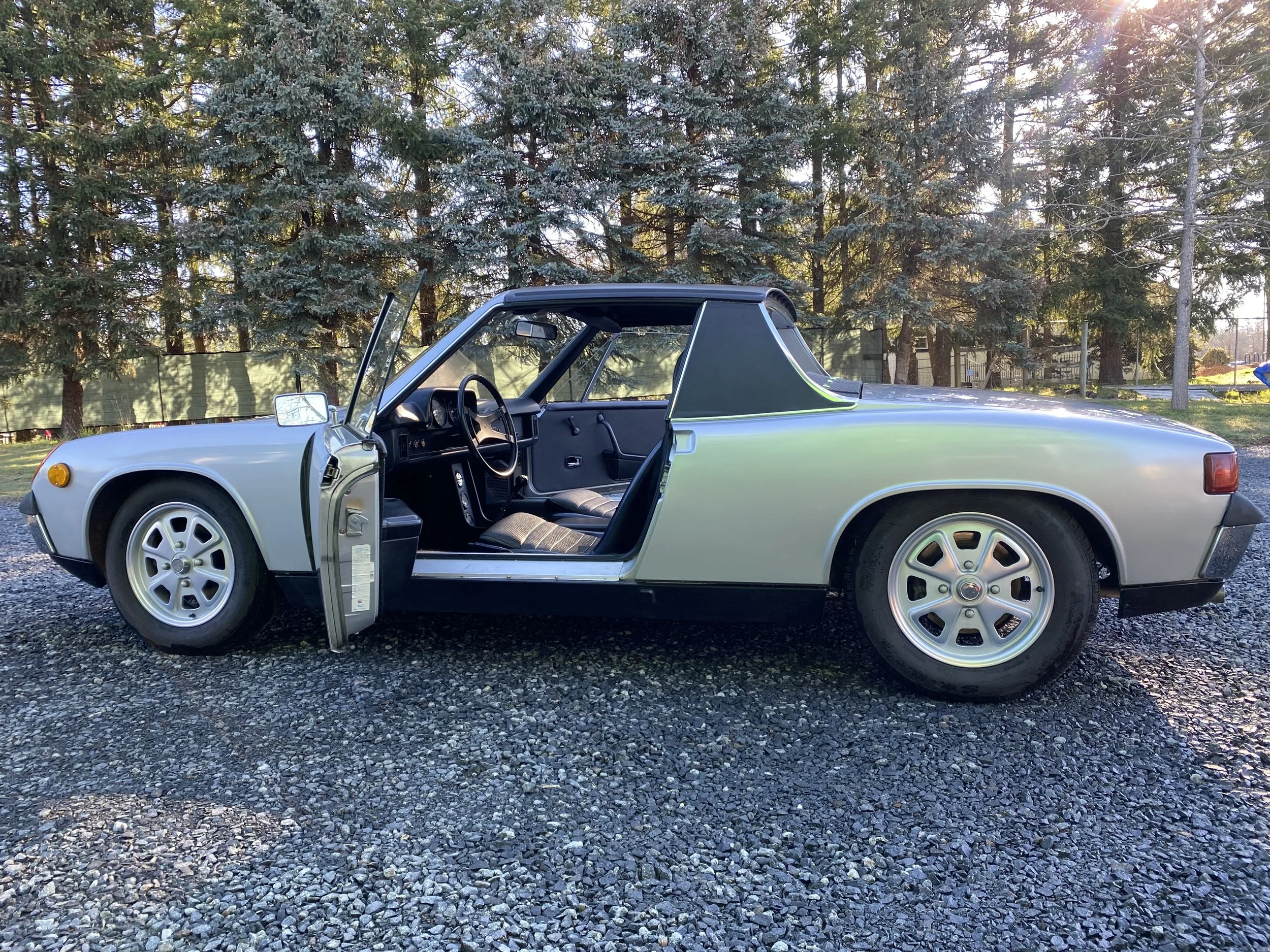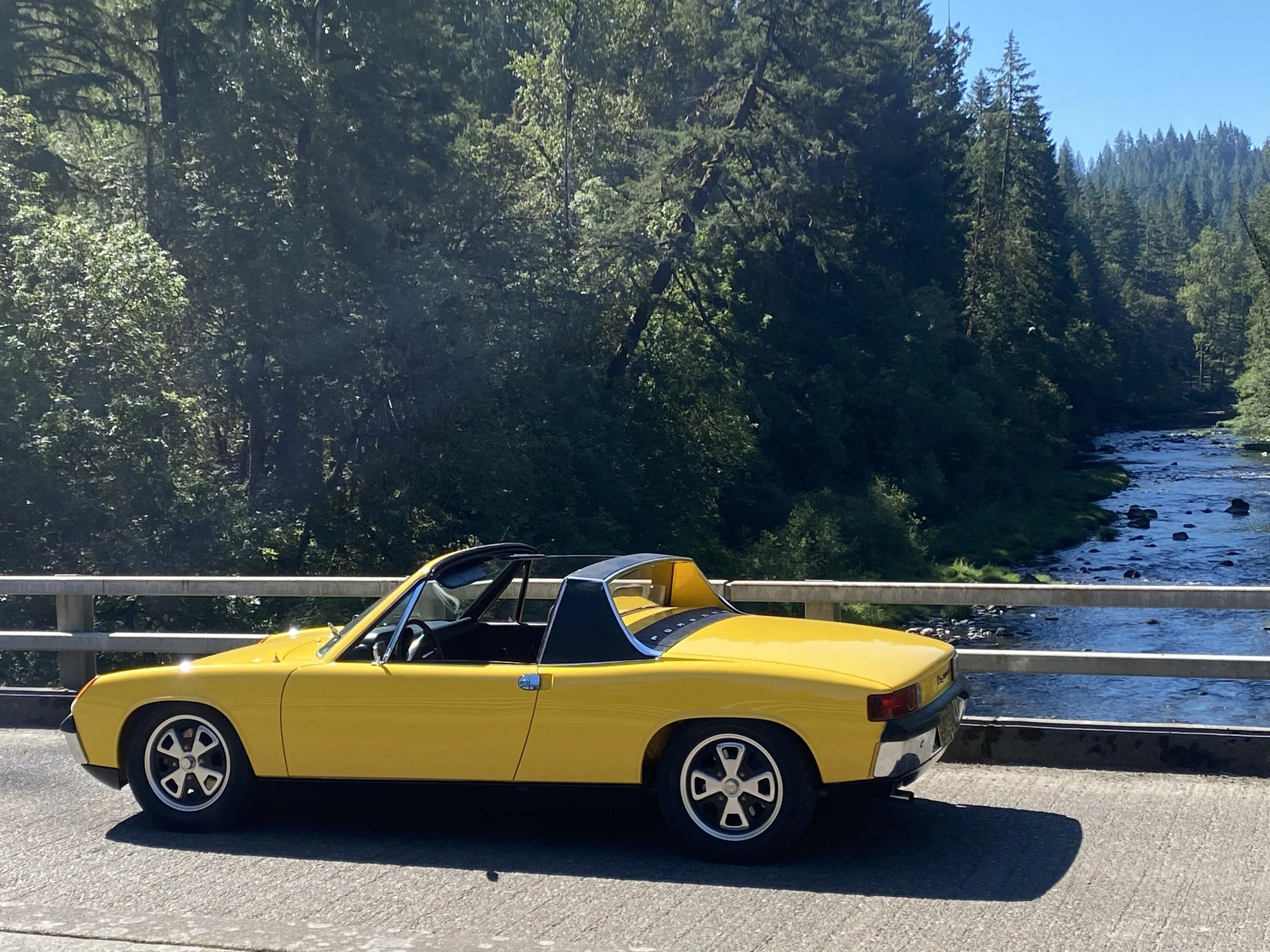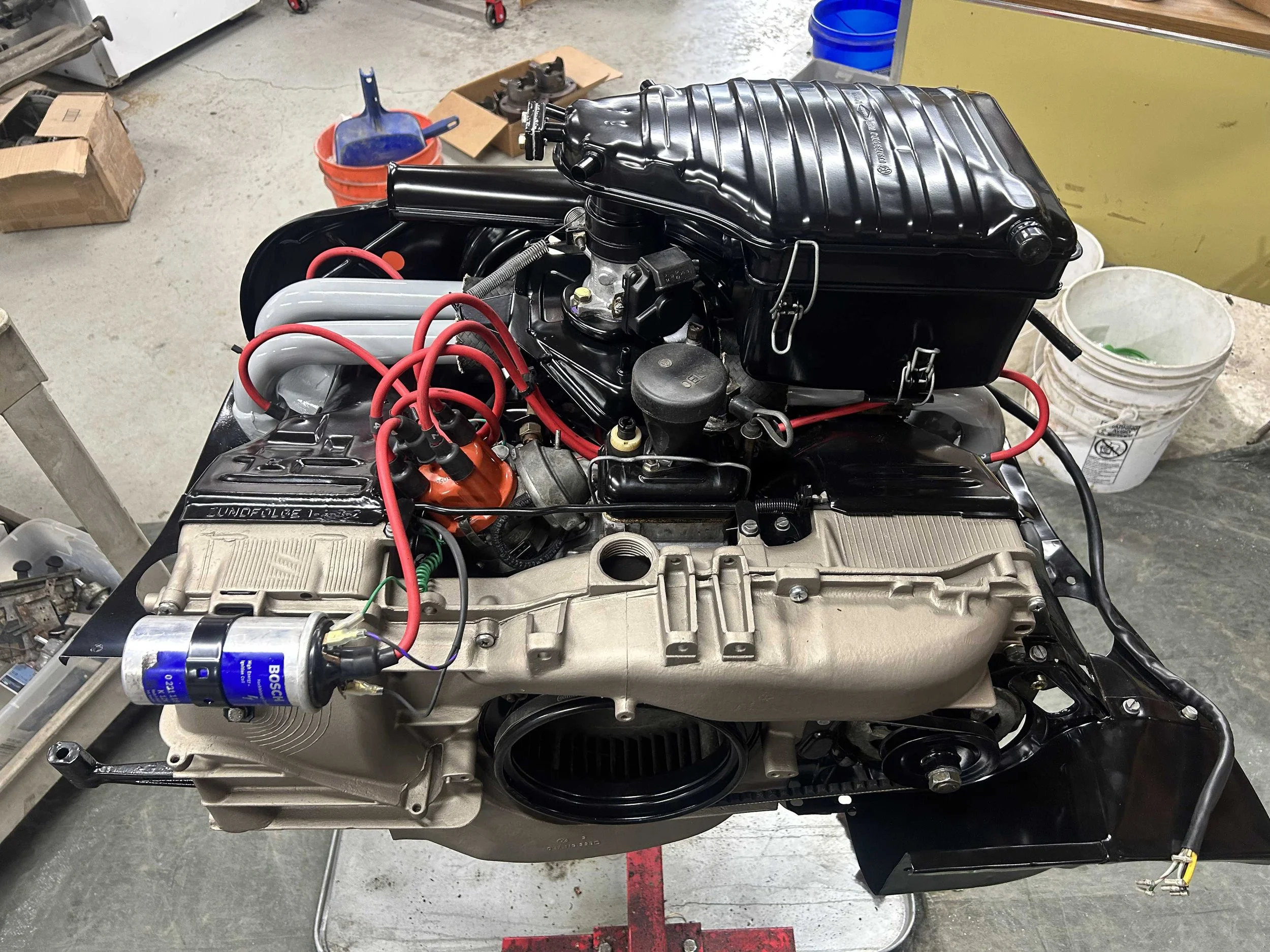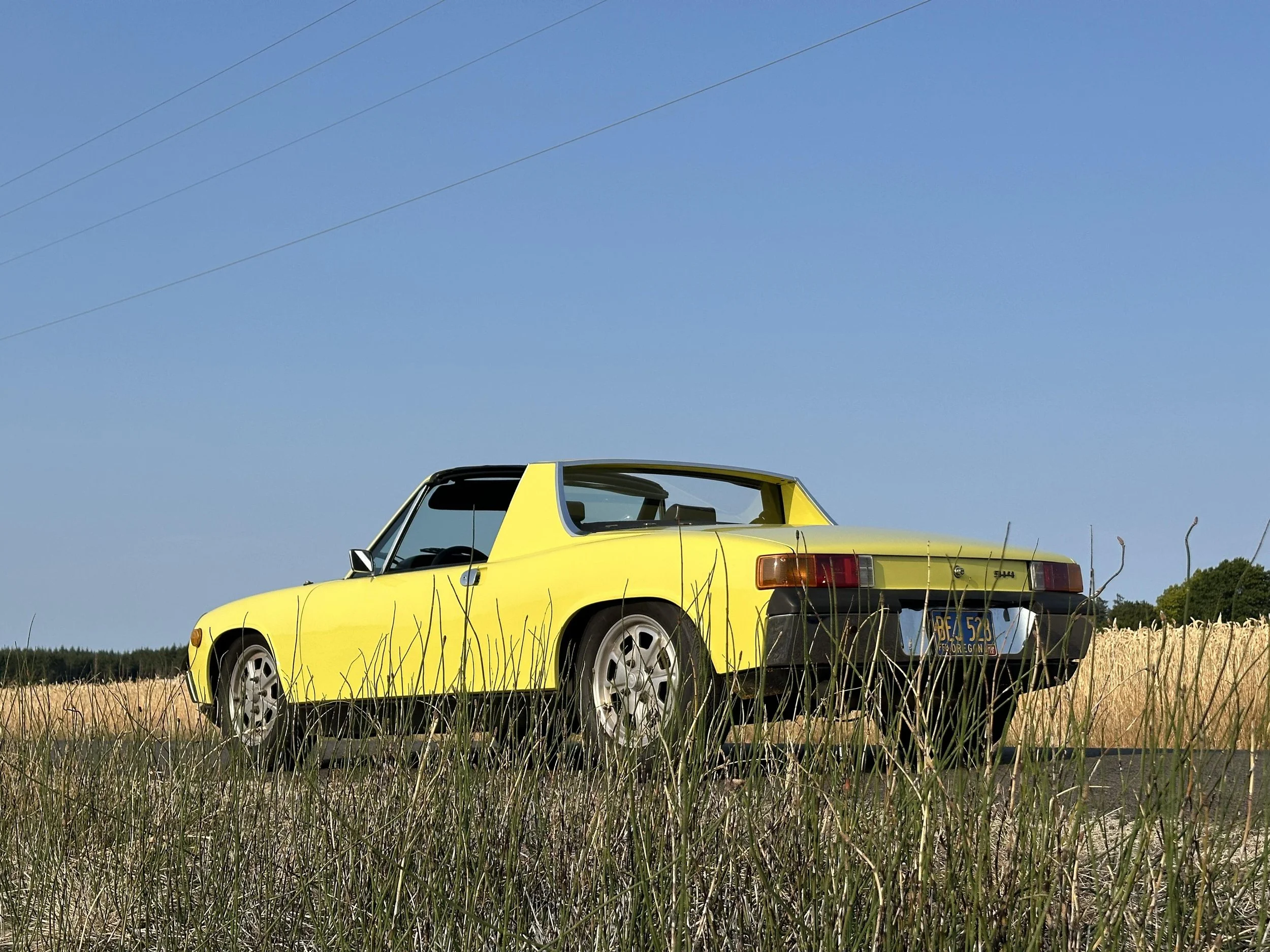What Makes A Porsche 914
The Porsche 914 is a curious creature that can be simplified simply as just an entry-level, mid-engine sports car built by Porsche with a VW engine in it in the 60s and 70s. But the reality is that since its creation, it has created a curious history based on its intriguing design for the day that has become a sort of legacy for Porsche.
As cars like the Cayman and Boxster would have never been a thought without the 914. In this post, we will go over some of the background of the 914 and some interesting facts that make it very unique.
First released in 1969, the Porsche 914 was built in collaboration between Porsche and Volkswagen. A deal that worked well for both parties as Porsche was looking for an affordable underling to its 911, and VW was looking for a replacement for the Karmann Ghia, their own attempt at an “affordable sports coupe.”
What was created was a small, mid-engine two-seater that was built between 1969 and 1975, with over 115,631 cars built in that time. Starting production under the title “VW-Porsche 914” before being shortened to just being under Porsche’s title when it was sold in North America. Funny enough, making the 914 one of the best-selling sports cars in the world.
One of the most interesting parts about the 914 is the powerplant options, as it is a direct result of the VW-Porsche collaboration. Powering “most” Porsche 914s were various air-cooled Volkswagen flat 4 engines from varying displacements from 1.7L to 2.0L, putting out anywhere from 80hp to 100hp in later models. These were all based on VW’s Type 4 platform that was in production for over 70 years.
For the “hot rod” Porsche enthusiasts, between 1970 and 1972, Porsche built the 914/6, which came with a Porsche 2.0L flat six derived from the 911 and put out 110hp, which was easily boosted with simple aftermarket modifications you could ask us about later… These were all set mid-engine in the car, directly behind the seats and in front of the rear end to give the car a fantastic weight distribution, part of why the design of the car is so unique.
Next up is its design. On the outside, the 914 gives off a minimalist and modern “for the 60s” design that stepped away from the curvy 911 and the bulky Karmann Ghia. It also included pop-up headlights that accented the sharp lines of the rest of the car. But what sets it apart from many other affordable sports cars of the time is Porsche’s addition of the Targa Top.
This removable hard top design came from a few different cars from the 50’s and 60’s, but Porsche is the first to use the term “Targa” on the 1966 Porsche 911 Targa. This design essentially creates a removable hard top built from reinforced fiberglass that you can easily remove and give the car a convertible feel.
Without dealing with the conventional rag-top convertibles that come with. This Targa design, as well as T-Tops and similar styles, became popular in the 70s as the US Department of Transportation was threatening to ban convertibles at the time due to safety issues in roll-overs. And as an affordable targa top-equipped vehicle, the Porsche 914 helped popularize the Targa design.
It wasn’t just the visual design that was ahead of its time, however. Porsche 914s came with a lot of killer hardware that included 4-wheel disc brakes, fully independent suspension front and rear, and could also be equipped with fuel injection. Things that at the time, especially for an entry-level sports car like this, were almost unheard of.
In today’s world, what makes the 914 very unique from other sports cars of that vintage is that they are still reasonably affordable yet offer an unparalleled driving experience, something you can’t say for many sports cars of the era.
Visit Our Porsche 914 Shop — Just Over an Hour from Salem
Martin Mid Engine
📍 25858 S Elwood Rd, Colton, OR 97017
📞 (503) 824-2102
🕘 Mon–Fri, 9am–5pm
Just northeast of Salem via OR-214 through Silverton. If you're serious about fixing your 914’s rust the right way, we're worth the drive.





